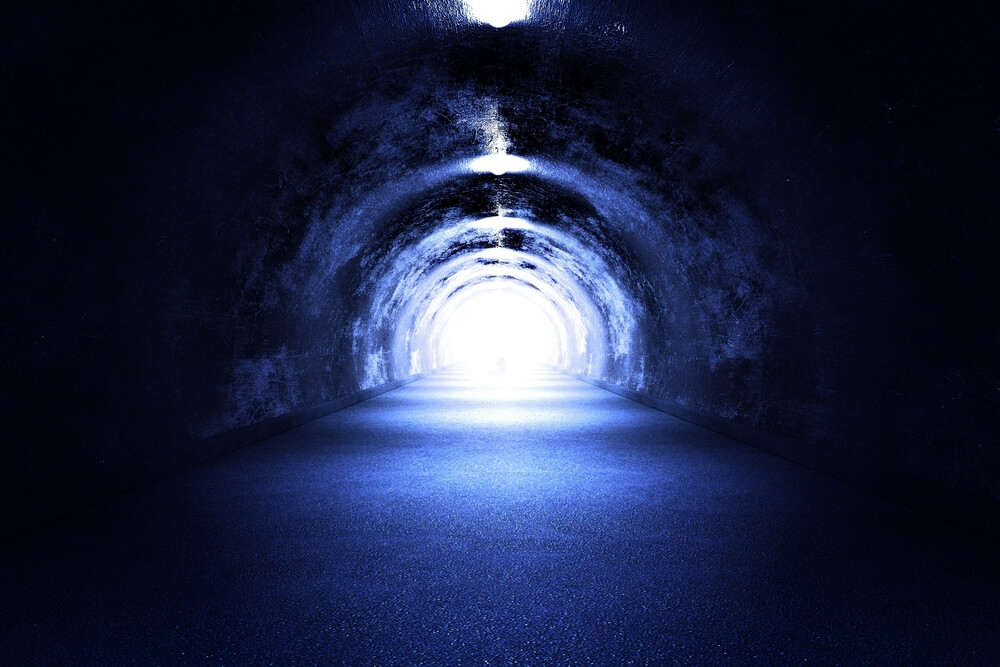Until now, it was assumed that the brain is inactive during a heart attack. However, the neurophysiological state of the brain immediately after the heart attack has not been systematically studied until now

A phenomenon known as a "near-death experience", an event reported by people who have recovered from clinical death around the world, may have a scientific basis. This is what researchers at the University of Michigan Health System claim.
The question of how the dying brain is able to create conscious activity has been subject to debate. In the early issue of the scientific journal PNAS, a study by people from the University of Michigan is published that showed that shortly after clinical death, when the heart stops beating and the blood stops flowing to the brain, rats show patterns of brain activity typical of a state of consciousness.
"This study, carried out in animals, is the first to address the question of what happens to the neurophysiological state of the dying brain," says lead researcher Prof. Jimmo Burjigin, researcher of integrative molecular physiology and professor of neurology at the University of Michigan Medical School.
"The experiment prepared the foundations for human studies of the mental experiences that occur during clinical death, including seeing light during a heart attack," she said. "Previous studies show that about 20% of people who survived a heart attack reported a near-death experience during clinical death. These visions and perceptions are called by them "more real than reality". However, according to her, it is still not clear whether the brain is able to produce such activity after a heart attack.
"We hypothesized that if the near-death experience is due to brain activity, it would be possible to find a neural adaptation that is characteristic of the state of consciousness in humans or animals after the cessation of blood flow to the brain.
The researchers analyzed the brain activity records called electroencephalograms (or EEG for short) from nine rats that were anesthetized after having a heart attack. Within the first 30 seconds after the heart attack, all the rats showed overall and synchronized brain activity, similar to that of an awake brain. Moreover, the researchers observed almost similar patterns in the dying brains of rats that died of asphyxiation.
The prediction that we would find any signs of consciousness in the brain during a heart attack was confirmed by the data, says Burjigin, who first put forward the theoretical proposal for such an experiment in 2007. "However, we were surprised by the high level of activity," added Burjigin's colleague at Maraf Prof. George Mashor, professor of anesthesiology and neurological surgery at the University of Michigan. "In fact, in the state of near-death, many of the signals indicating consciousness reach the level found in the awake state, which leads us to hypothesize that the brain is capable of conducting organized electrical activity during the first stages of clinical death."
Until now, it was assumed that the brain is inactive during a heart attack. However, the neurophysiological state of the brain immediately after the heart attack has not been systematically studied until now.
"The research tells us that reducing oxygen levels or a combination of reducing oxygen and glucose levels during a heart attack may spur brain activity, which is characterized by a state of consciousness-like processing." Burjigin says. "The study also provides us with an initial scientific framework for understanding the reports of near-death experiences reported by people who have survived a heart attack.
To the announcement of the researchers on the University of Michigan website
More on the subject on the science website
- A British study will look into claims of near-death experiences
- Memories of near-death experiences are real, but caused only by the mind

7 תגובות
How fun to think that in another 40 years you won't have any consciousness or reality. What about the law of conservation of energy?
"The assumption was that the brain is inactive during a heart attack"
This is an assumption that sounds very illogical to me, why would the brain stop functioning immediately during a heart attack? Did the oxygen that was up to now in the brain disappear at once? What reason is there for the brain to stop functioning immediately when the heart stops working? What is electricity? Do you turn off the voltage and immediately the light bulb goes out?
Regarding a near-death experience, it is also very possible that the experiences are created precisely when the brain begins to return to activity (after the resuscitation operations) at stages when the level of oxygen in the brain is still low, which may cause hallucinations.
If it helps save people's lives. With all the moral problems, it is necessary for the survival of humanity.
Cruel and unnecessary exploitation of animals.
Asher, you are right. It makes much more sense to trap them, then throw them in the toilet...
too reminiscent of the scientist conducting an experiment on a fly,
And the conclusion he reaches after tearing off all the fly's legs...
A rather strange reason to suffocate rats…